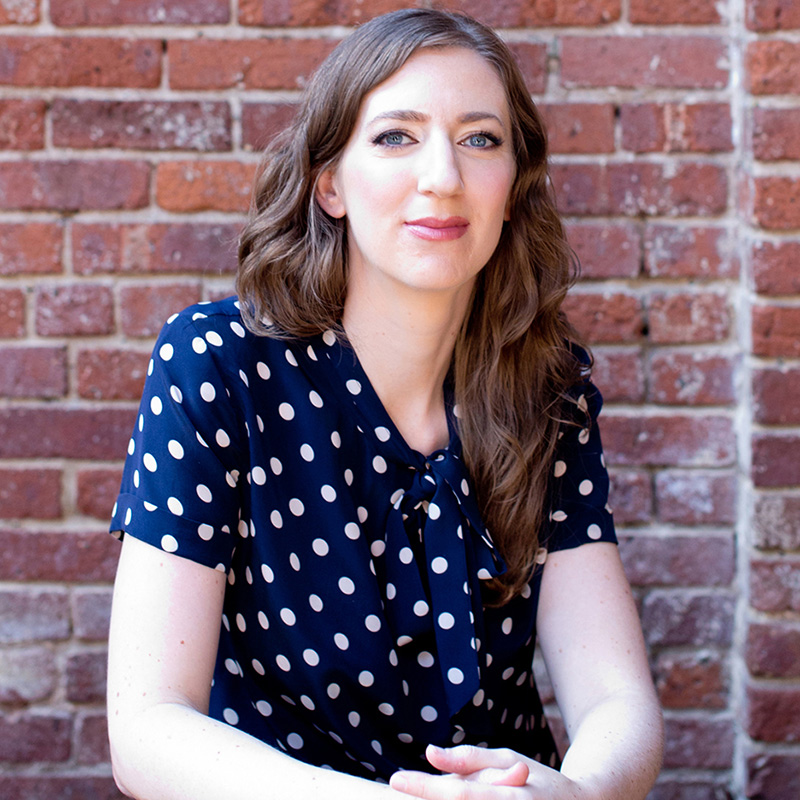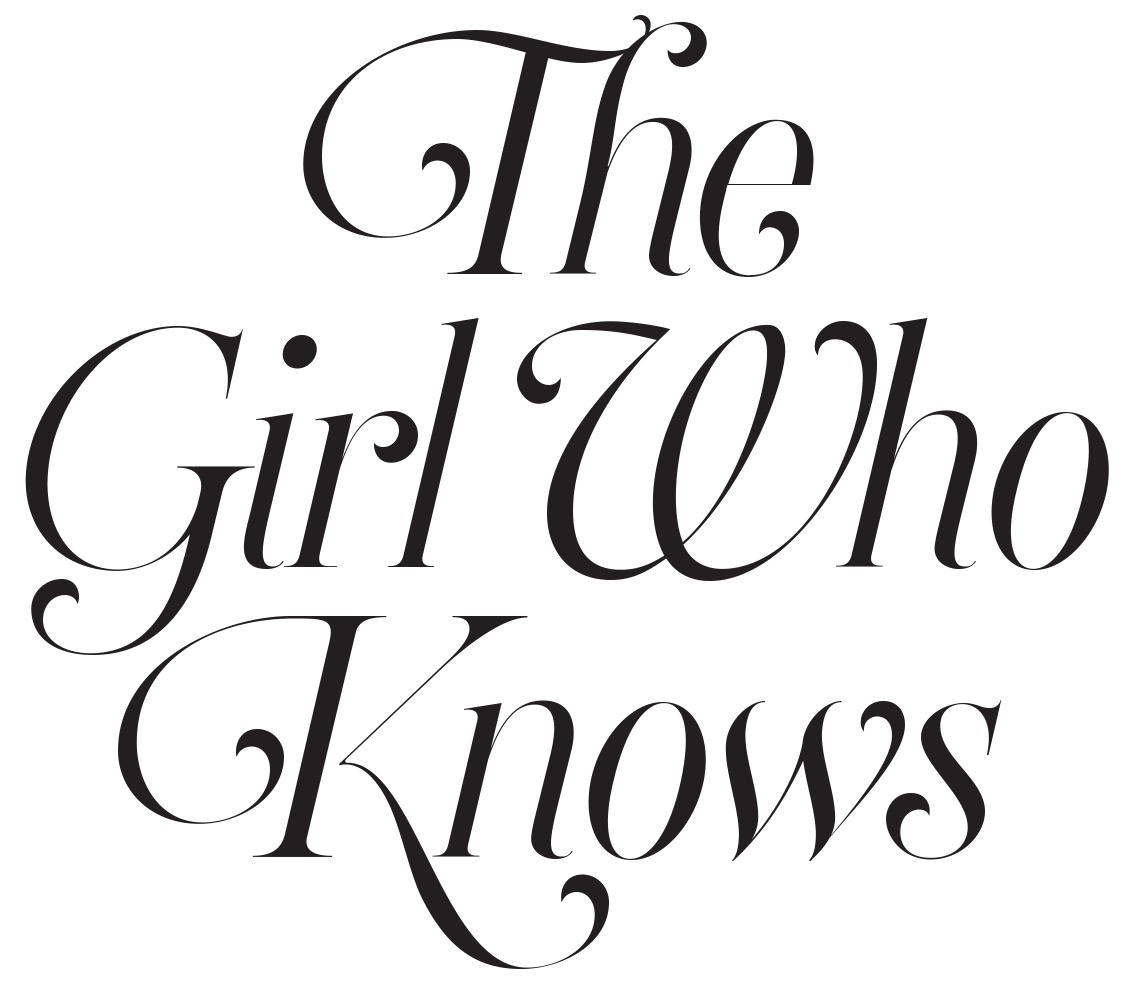I became a graphic designer because I love making things. It’s true that making stuff is part of my job, but so is writing a lot of email, putting together schedules, coordinating with clients and collaborators, and all sorts of other day-to-day upkeep. As much as I love the challenge of organizing things, it’s easy to get lost in the details of running a business. So much so, that I start to feel disconnected from the essence of my craft: the pure joy of making stuff by hand.
These days, the stuff I make tends to be more cerebral than tangible.
Most of what we interact with on a daily basis lives behind a screen, so it’s only natural that our work life would be more electronic and less tactile.
Even when I get a chance to make something tactile for clients, it’s generally mass printed and, well, flat. Any human touch that’s present in the design is seen but rarely felt. In one sense, that’s the way it should be—design should be functional. But we shouldn’t spend our whole lives being merely functional.
Not enough of us make time to enjoy the simple pleasure of making stuff by hand.

I know I’ve been getting the itch myself. I’m craving loose sketches, watercolor vignettes, hand colored patterns, cut and pasted paper. Stuff that’s rough and imperfect. I want to feel paper that’s buckled from wet brush strokes. I want to see lumps of Conté crayon that didn’t get fully blended into a swatch of color. I want to thumb through a journal that doesn’t close flat because each page is filled with layers of collage, drawings, and meandering notes.
Why? Because when you step away from your computer and put pen to paper, you think differently. Your intellectual self takes a back seat, and your creative self is free to wander.
I used to spend hours noodling in my journal and filling up sketchbooks. I became an artist because I was overwhelmed by all of the beautiful, charming and sometimes sad things around me, and I wanted to make some sense of things. Drawing and painting was the most natural way for me to observe and document my surroundings.
But then things changed. I went back to school to study design, and I eventually started working in the field.
Being creative was no longer something I did for myself for an audience of one. It was my job.
And what a privilege that was! But now that people depended on me for my ideas and skills, I needed to use them more carefully. I learned to compartmentalize my creativity so that I could summon it on cue. Some people are infinitely energetic when it comes to transitioning from client work to personal work and then back again, but not me. I needed to protect my energy. I needed weekends away from anything art or design related so that I could go back to work on Monday with clear eyes and a fresh mind.
This need to compartmentalize was amplified further when I left my gig at an ad agency to start my own business. Not only do I need to preserve my energy for client work, but I need to set aside brain space for administrative tasks too. Needless to say, sitting down with a sketchbook and water color set at the end of the day never makes my to-do list. I do still sketch, but it’s almost always for a client project.
After years of neglect, I’m feeling the absence of what got me into art and design in the first place: the drive to connect with the world on my own terms.
I don’t want to become a designer that can barely hold a pencil because my hands are too tired from hours of Wacom clicks. We shouldn’t be so rigid with our time that we forget to stop and notice precious details of our day. No creative person should be so wrapped up administrative tasks that they forget to sit down and just make stuff.
I realize that carving out time to make art by hand is not just fun, it’s necessary. It is imperative to our professional and true selves.
Making stuff by hand can do these things:
For me, drawing, painting, and cutting paper is how I stay connected to my roots. For you, maybe it’s writing poetry when your job is to write website copy. Or maybe it’s playing in your own kitchen when what you’re paid to do is run a catering business. Whatever it is, make time for it!
I’m going to start by setting aside 15 minutes at the end of each work day to sit somewhere—anywhere that’s far from my desk—with a sketchbook. I have know idea what I’ll make. Better yet, no one is counting on me to come up with anything great. What a beautiful treat that will be.
What is it that you want to make more time for? What simple activity connects you most closely with your craft?



